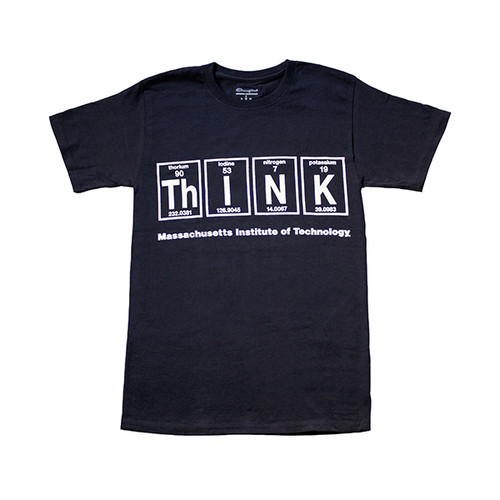Our MIT Museum ceramic mug displays an example from the museum's collection of computational oragami by Dr. David Huffman, a former professor of computer science who worked in the field of coding and information theory. As a student at M.I.T. in the 1950's, he discovered a minimal way of encoding information known as Huffman Codes, which are used to help compress music files and images.
Drawing on fields that include computational geometry, number theory, coding theory and linear algebra, Dr. Huffman's origami models the way in which folds themselves are curved. All of this is achieved with no cuts or glue, the one classic origami rule that Dr. Huffman seemed inclined to obey.
Cone Reflected Seven Times/ Concentric Circles (detail), by David Huffman








